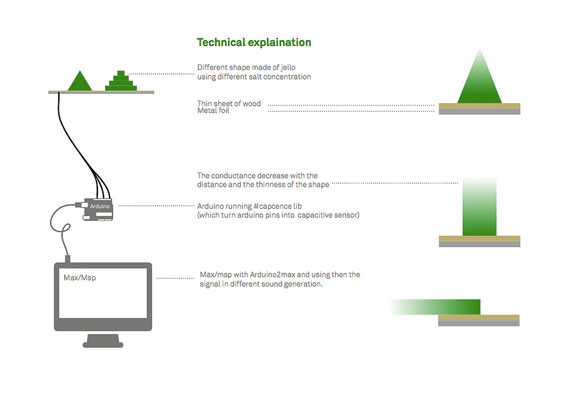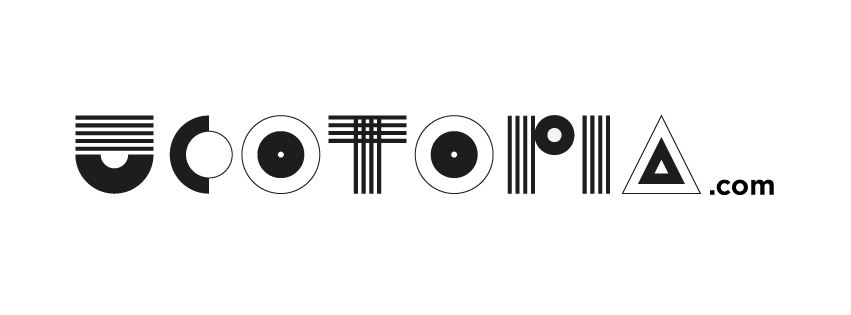Monday 30 April 2012
Saturday 28 April 2012
Friday 27 April 2012
Friday 20 April 2012
100 Ideas That Changed Graphic Design #76
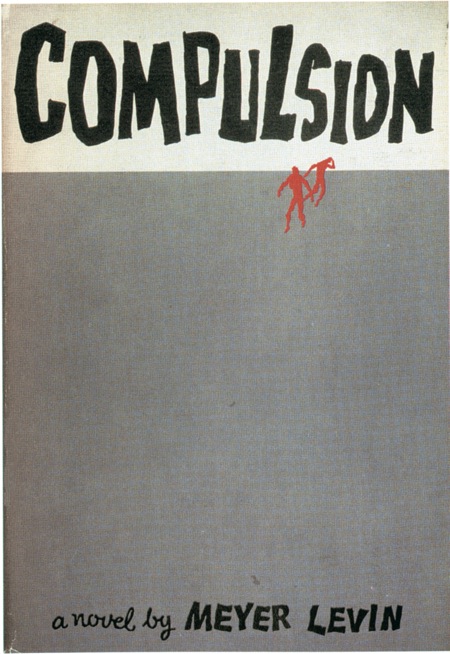
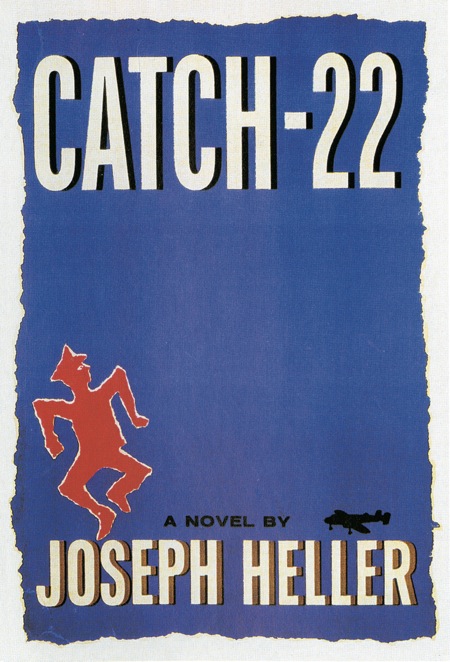
Though most of Bacon's covers were built on some conceptual idea or image, the cover for Philip Roth's Portnoy's Complaint (1969) was uncharacteristic. It was solely type against a yellow background, with no fancy touches, except for the swashes on capitals (with flowing or curlicue serifs) in the title and the author's name. Asked why he avoided his signature conceptual image, Bacon said it was because of the difficulty in portraying the book's most prominent element – masturbation.
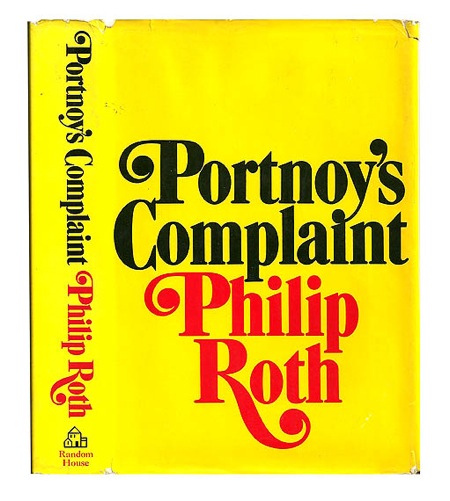
Thursday 19 April 2012
Wednesday 18 April 2012
Six things I know (an one I don't) by John Spencer
Six things I know (and one I don't)

Think inside the box
Everyone’s heard the hackneyed catchphrase ‘thinking outside the box’. It’s meant to be about thinking differently and looking beyond the obvious. Well here’s a novel idea; try thinking inside the box. You’ll be amazed by what you’ve missed. Never be afraid of the bleedin’ obvious. It surprises most of the people most of the time.
You don’t have to be ‘a creative’ to be creative
Sometimes the most unlikely people say the most unexpected things. Thomas Telford is the ‘knowledge business’ of the Institution of Civil Engineers. We were having a briefing meeting when someone said, in an off-hand kind of way, “Every civil engineer wants to build a bridge”. I borrowed that thought and built their visual identity out of it. Good ideas can come from anyone.
Hold your nerve
I always tell clients to be flexible, responsive and prepared for flack. I also tell them to trust their instinct. It’s always right. Prince Philip, Senior Fellow of The Royal Academy of Engineering, was less than enthusiastic about our rebrand. And Aston University’s students rebelled over our logo that was, they said, ‘like a bag of Doritos’. Both institutions held their nerve. Both rebrands have been a huge success.
Idiosyncratic + ruthless = unforgettable
This is my formula for an unforgettable brand. It has to be idiosyncratic; that’s to say, everything an organisation says and does and the way it looks should be so individual and characteristically ‘them’ that they just couldn’t be mistaken for any other. It’s those idiosyncrasies that need to be uncovered, given form and voice, and ruthlessly protected.
Tell them a bloody good story
“For sale: baby shoes, never worn.” In the 1930s, Ernest Hemingway’s friends bet him $10 he couldn’t write a complete story in just six words. And that was what he wrote. He later said it was the best thing he’d ever written. Brand is all about telling bloody good stories. It’s about inviting people in and making them want to know more.
We’re the blue collar workers of the art world
All too often, design companies offer charities pro-bono work or design on the cheap in exchange for creative freedom and the chance to jump on the ethical bandwagon. Creative freedom is a recipe for disaster. An open-ended brief will always end in tears because there’ll be confusion about what the work is supposed to achieve. Everything we designers do is a means to an end. Creativity without boundaries is pointless.
I have no fucking idea what the future of fucking design is*
The world now knows that there are known knowns; there are things we know we know. We also know there are known unknowns; that is to say we know there are some things we do not know. And there are also unknown unknowns – the ones we don’t know we don’t know. We know we can’t know the future, so the future of design is very definitely a known unknown. And I’m as excited by that one thing I don’t know as the six I do.
*Saul Bass (Aspen Design Conference, circa 1983)
John Spencer is creative director and co-founder of not-for-profit branding agency Spencer du Bois. He also writes and lectures on design, and works as an independent creative consultant and designer through his company, Off the Top of My Head.
Monday 16 April 2012
Eltono

Cover of Line and Surface
Line and Surface is available from Stickit, priced 24.95 Euros. More info is here. Eltono's personal website is at eltono.com, where you can also view videos of him creating his works.
Musical jellies
Raphaël Pluvinage and Marianne Cauvard's Noisy Jelly project is a game that allows each player to create their own musical instrument out of jelly. The video for the project uses absolutely no sound editing, and needs to be seen and heard to be believed...
Using a mini chemistry lab, each player makes their own set of jellies using water, agar agar powder and a series of molds. The jelly shapes are then placed on the game board, and can be manipulated to create sound.



If you, like us, are slightly bewildered about how all this works, there's some proper science behind it. The game board is a capacitative sensor, and the variations in the shape of the jelly and its salt concentration, as well as the distance and strength of the finger contact, all affect the final sound. The diagram below helps explain things somewhat.
